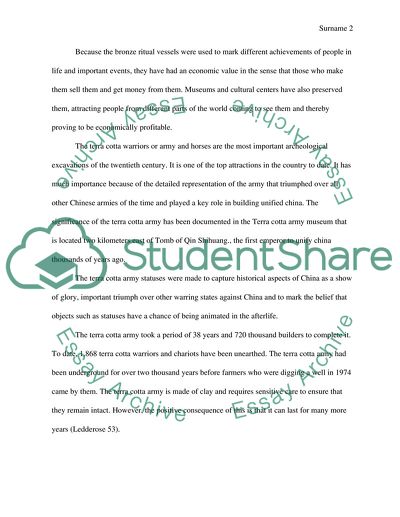Cite this document
(“Chinese History Essay Example | Topics and Well Written Essays - 2500 words”, n.d.)
Chinese History Essay Example | Topics and Well Written Essays - 2500 words. Retrieved from https://studentshare.org/history/1649301-chinese-history
Chinese History Essay Example | Topics and Well Written Essays - 2500 words. Retrieved from https://studentshare.org/history/1649301-chinese-history
(Chinese History Essay Example | Topics and Well Written Essays - 2500 Words)
Chinese History Essay Example | Topics and Well Written Essays - 2500 Words. https://studentshare.org/history/1649301-chinese-history.
Chinese History Essay Example | Topics and Well Written Essays - 2500 Words. https://studentshare.org/history/1649301-chinese-history.
“Chinese History Essay Example | Topics and Well Written Essays - 2500 Words”, n.d. https://studentshare.org/history/1649301-chinese-history.


